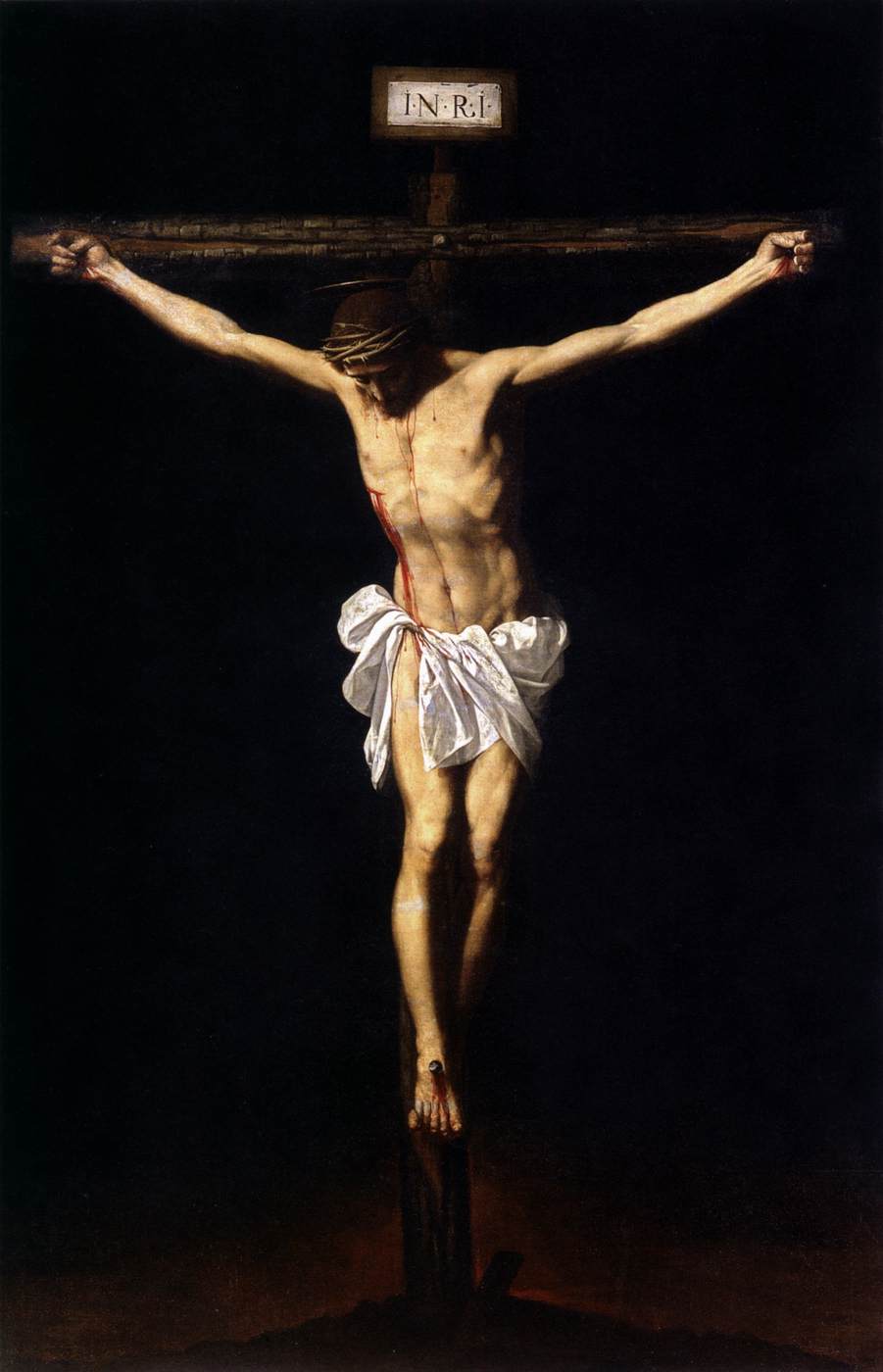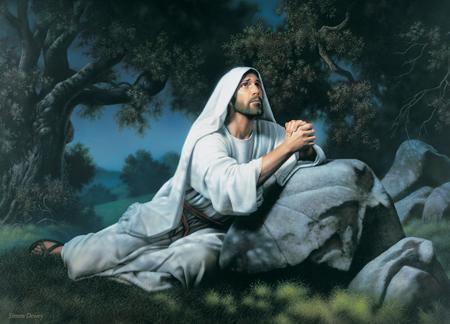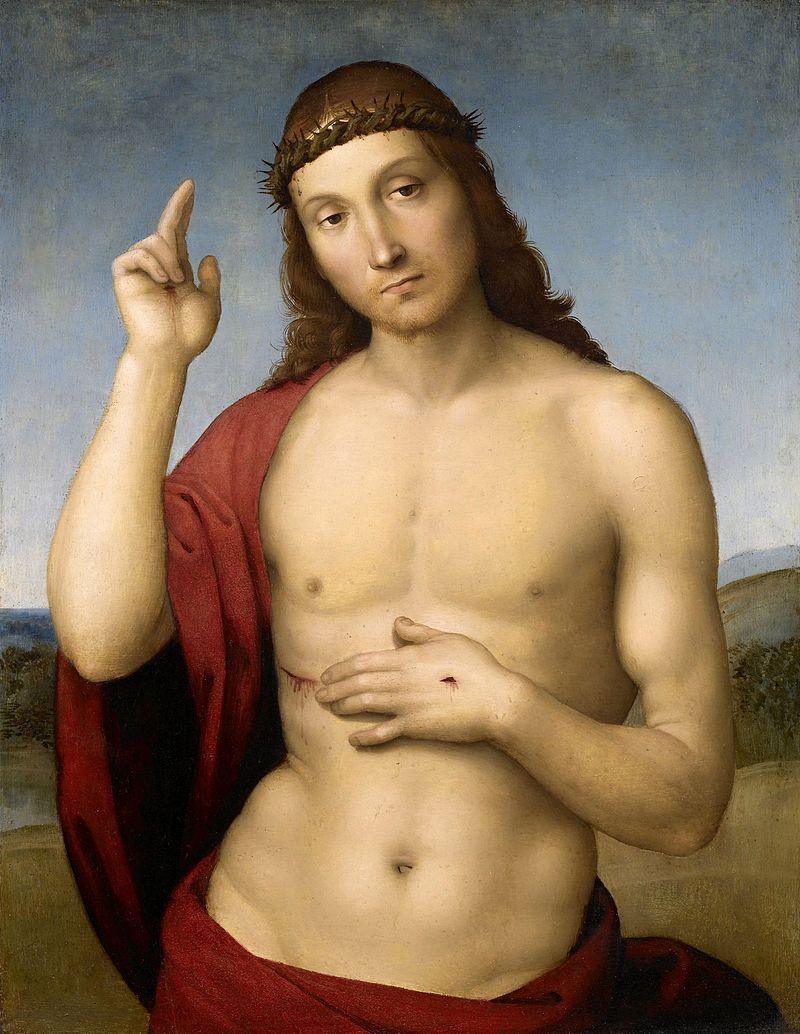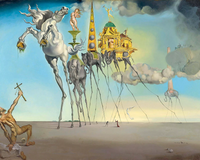Allison Zuckerman, a young artist from New York, experienced a brutal drop in the price of one of her works: from $212,500 to just $20,160 at auction. The collapse of her painting “Woman with Her Pet” is not an isolated case; it is a sign of a market crumbling for many young artists who, until recently, were the rising stars of an ecosystem marked by speculation and unrealistic expectations.

Tea Time, Allison Zuckerman
What happened to the art market that promised quick returns and instant fame? One answer lies in the capricious nature of collectors, who seemed to lose interest as quickly as they invested fortunes in works by artists like Zuckerman, Emmanuel Taku, and Amani Lewis. The explosion of sales during the pandemic, driven by an illusion of easy profits, turned these young creators into pawns in a financial game where, apparently, their artistic talent became secondary to the profit motive.

Emmanuel Taku, Sisters Support
In 2021, collectors invested the staggering sum of $712 million in auctions of artists born after 1974, compared to $259 million the previous year. This bubble, fueled by the enthusiasm of a few willing to take risks, began to deflate in a matter of months. And so, with the decline in prices, the reputation and hopes of many artists also collapsed.
It is easy to imagine that artists like Amani Lewis, who sold one of his works for over $107,000 only to see it fall to just over $10,000 at a recent auction, feel like broken toys in a market that seems to show no mercy to anyone. The experience, as he himself admits, has been devastating. How can one not see it that way, when his art, that intimate expression of his life and culture, is treated as mere merchandise? Speculation has turned galleries into casinos and studios into factories of dreams that collapse as quickly as they were inflated.

Amani Lewis
Artists not only create, they also gamble their lives, their stories, and a piece of themselves in each work. When their paintings, which should be a personal expression, are reduced to fluctuating figures at an auction, the harm goes far beyond the economic. This crisis poses a fundamental question: when did the art market stop valuing art for its content and start valuing it solely for its price?
Loring Randolph, director of the Nasher and Haemisegger Art Collection, believes that the frenzy of inflated prices inevitably led to poor decisions. Young artists, captivated by promises of quick wealth, massively sold their works to speculators looking to capitalize on the trend. And now, with the fall of those prices, the market seems to have turned the page, leaving behind stagnant careers and broken promises.
In this speculative roulette, the most affected are the artists themselves, many of whom are rethinking their relationship with the market. Zuckerman, who saw her works sold frantically at auctions, now reflects on the loss of control she feels over her art. Lewis, for his part, has found strength amid the storm and is preparing for a new exhibition in Miami, inspired by this period of turmoil. But what does this tell us about the future of art?
Perhaps, as Lewis suggests, this is the perfect time to rediscover these artists in their purest essence. Beyond market fluctuations, their work persists, defiant, reminding us that art should not be measured by its auction value but by its ability to connect, inspire, and transcend.
KUADROS © a famous painting on your wall









